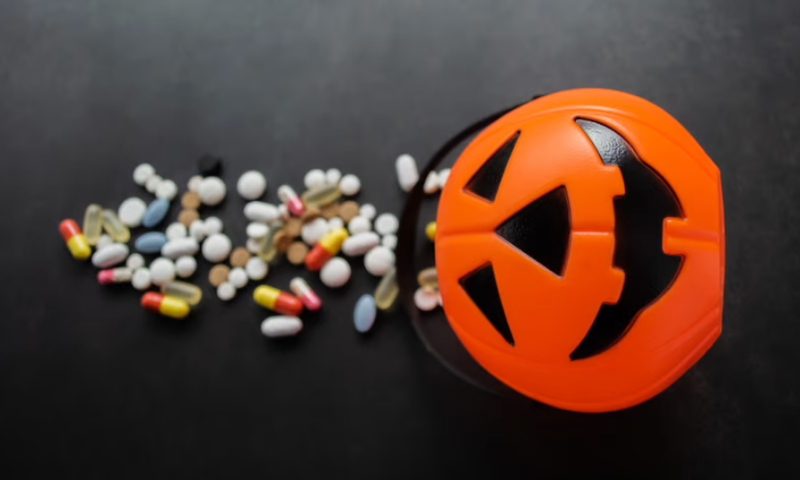Data from a preclinical chronic toxicology study have torpedoed AbbVie’s psoriasis prospect cedirogant, leading the company to dump the midphase asset and cut off a source of cash for its partner Inventiva.
AbbVie and Inventiva discovered the ROR inverse agonist as part of a 2012 collaboration intended to yield compounds that suppress a larger set of inflammatory cytokines than currently available biologics for the treatment of psoriasis. The partnership spawned cedirogant, a molecule that AbbVie took into a phase 2b trial in moderate to severe psoriasis late last year.
With just months to go in the study, which was scheduled to end in March 2023, AbbVie has pulled the plug in response to preclinical data. The Big Pharma said the decision to stop development of the asset was driven by new findings observed in its preclinical chronic toxicology study.
Shares in Inventiva fell 21% in premarket trading on Monday to 4.54 euros ($4.51) in the wake of the news. Through to the end of last year, AbbVie paid 16.4 million euros ($16.3 million) in research funding and 13 million euros ($12.9 million) in milestone payments. An additional 4 million euro milestone, tied to the start of the phase 2b, followed in January. If AbbVie had continued the program, Inventiva could have pocketed up to 31 million euros ($30.8 million) in milestones linked to the psoriasis program.
While AbbVie’s action has ended Inventiva’s hopes of future paydays, the French biotech’s cash runway is unaffected by the termination of cedirogant development. The company continues to expect its existing cash reserves, plus an anticipated $12 million upfront payment from Sino Biopharm and 25 million euros ($24.8 million) from its EIB credit facility, to see it through to the fourth quarter of next year.
The cash runway is set to end before Inventiva delivers phase 3 data on its pan-PPAR agonist lanifibranor in nonalcoholic steatohepatitis. Inventiva expects to have to wait until the back half of 2025 to see data from the phase 3 trial, although two midphase studies that are testing the molecule in patients with Type 2 diabetes are scheduled to report results next year.

